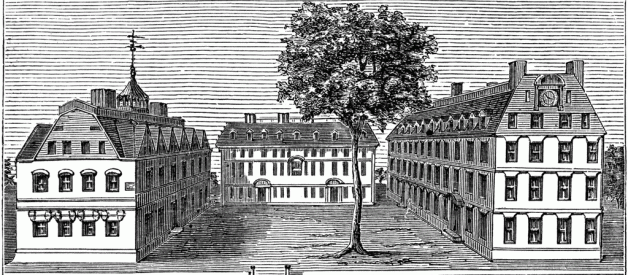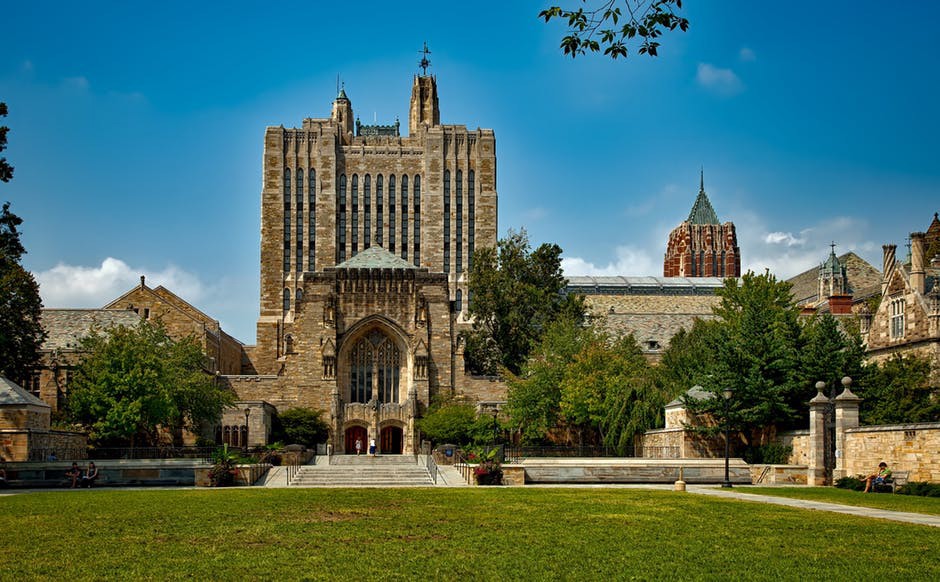
My Book Modern College launches in June!
Now more than ever, students, parents & America as a whole are beginning to question what is the purpose of the college education system in society. It?s a loaded question with many different aspects to consider, and it certainly can?t be answered in one short article.
One exercise that I think can greatly help us in our quest to answer this question is to spend some time reflecting on the history of the college system, and how it?s purpose in society has changed over time.
The truth is that the college system has undergone several metamorphoses in the past 383 years since the founding of Harvard at Cambridge, MA. Each of these metamorphoses has fundamentally changed how society has viewed college at the time.
In this article I will break down the different purposes college has served throughout the years, and what clues it may give us about what the future may hold for the college education system in America.
The Original Purpose: The Clergy & Prestige
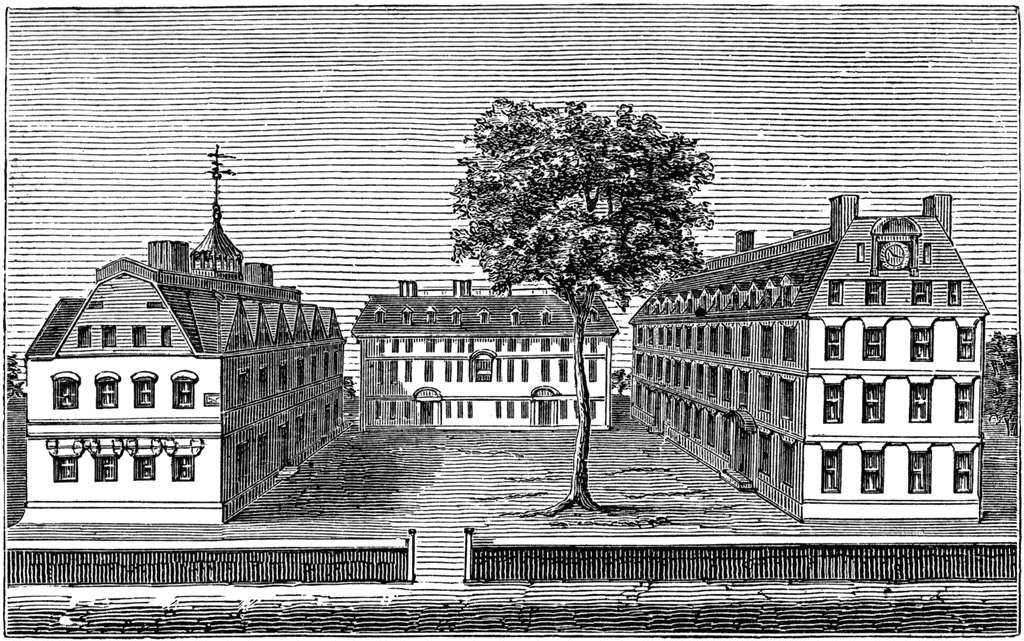 A depiction of Harvard?s Campus in 1720
A depiction of Harvard?s Campus in 1720
When the first colleges were founded, they primarily existed to serve the needs of the church to train clergymen. In fact, about half of Harvard?s first 500 graduates went into ministry, with the remaining half largely obtaining liberal arts degrees.
For those that weren?t pursuing religious roles, college primarily served as a mechanism for signaling prestige more than anything else. Harvard and other early colleges focused on teaching students the behaviors and soft skills needed to land important public roles. However, it?s unclear how much of an influence the curriculum actually had on the students, since most of them came from elite families to begin with.
In summary, colleges started by only serving a small fraction of the population. It wasn?t so much that the costs were out of control; but rather, most families could not justify the loss of manual labor that would accompany sending one of their son?s (Colleges were all-male initially) away for a few years to learn non-tangible skills.
First Shift in Purpose: Practical Knowledge
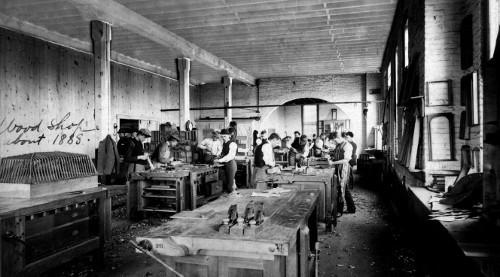 Mechanical Building, University of Illinois
Mechanical Building, University of Illinois
For close to 200 years, the college experience remained strongly tied to its religious and elitist roots, acting more as a mechanism for signaling prestige than anything else.
This all started to change in 1825 when the University of Virginia was founded. It?s founding was championed by Thomas Jefferson, who would push for colleges to move away from their religious ties and also become both affordable and useful enough for the general public.
This was the first of several key events that started to move Colleges away from serving as a signal of prestige to serving as a means for receiving more practical education. Another key event was the Morrill Land-Grant Act, which was passed into law by President Lincoln. As part of the Act, states could apply to receive free land from the government to build public universities. The only caveat was that these public universities had to promote branches of learnings such as agriculture, engineering, and mechanic arts so that students would learn practical skills to bring into the workforce.
Second Shift in Purpose: The Experience

Despite the Morrill Land-Grant Act leading to an increase in the amount of vocational education present at universities, a college degree wasn?t considered necessary for most people. However, college attendance continued to grow for other reasons.
One of the reasons was that colleges began putting an emphasis on the aesthetic of their campuses. Campus architecture became a focal point of the college experience. Technological advancements combined with growing amounts of wealth in American society led to the construction of incredible campuses during the early 1900s. In fact, the building construction done during this period was so good that it remains a strong pull for many historical universities to this day.
The visual appeal of campuses created a gravitational pull for students, despite the fact that college wasn?t necessary to achieve success in society. Another gravitational pull was the importance of social life on college campuses. Between the rise of fraternities and party behavior in the 1920s, to the increased investment in college athletics, going to college was suddenly a life experience that many people wanted to obtain.
Third Shift in Purpose: A Requirement
Debatably the most important event in the history of college education happened in 1944 with the introduction of the GI bill. The GI bill was created to help veterans of World War II. Among other aspects, it granted stipends to cover tuition and expenses for close to 9 million veterans. As a result, colleges saw a massive spike in enrollment in the decades following.
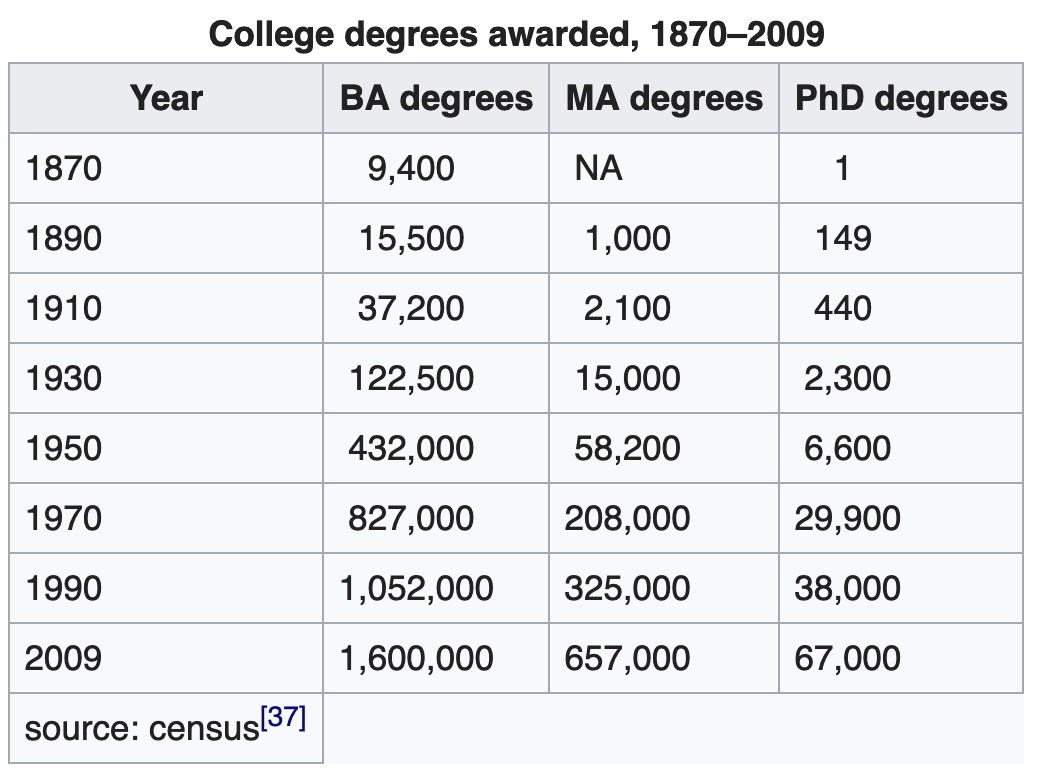 Bureau of the Census, Historical Statistics of the United States
Bureau of the Census, Historical Statistics of the United States
By 1950, the traditional 4-year college program had officially become mainstream. By riding the wave of government support, the college system had grown from something that was a nice-to-have into something that was now a need-to-have. The GI Bill was even nicknamed the ?magic carpet to the Middle Class,? which permanently linked higher education and the American dream.
When this narrative first began to form, it was a relatively easy sell. Universities were able to keep their costs low due to strong support from the government, so many students saw a great opportunity with very little downside. However, the situation began to change during the 1970s when the government began to pull funding from universities; largely due to student protests of the draft and a decrease in military research being driven out of universities.
As a result of the decreases in funding, colleges were forced to raise tuition prices to make up the difference. This caused a shift in the college model from acting as a public service to more of a traditional business model which involved aggressively selling a service to customers. At the center of the college sales pitch was the idea that a 4-year college degree was necessary to have success in the professional workforce.
For a number of decades, this sales pitch did not face much resistance. The costs remained reasonable for a while and a sufficient amount of college graduates were finding jobs in the workforce. However, the once bulletproof pitch has begun to lose its punch over the last 10?15 years. Costs have continued to climb at rates that greatly outpace inflation. Couple this with the fact that an increasing amount of college students are dropping out early (46% of 4-year students) or are struggling to find job placement upon graduation, and you have a group of college leaders that look like a bunch of snake oil salesmen.
The Problem with the Current Purpose of College


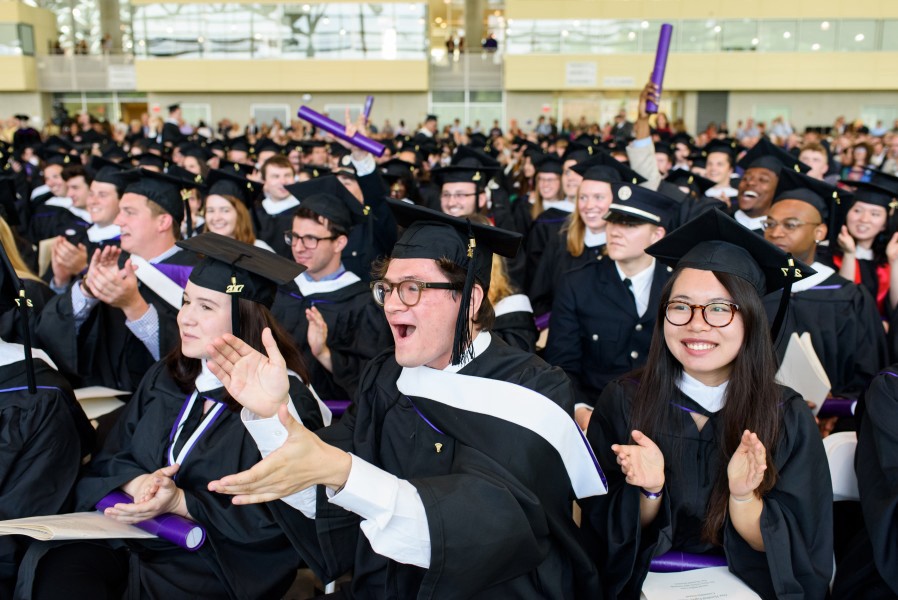
As I dug deeper into the history of college, I began to realize that different historical aspects were still present in the current college experience. Take the idea of prestige for instance. Many colleges still put a strong emphasis on prestige; in fact, some colleges, such as Ivy League schools, have built their entire business model around the promise of prestige. It?s also on full display at college commencement ceremonies in which students and faculty don elaborate outfits and accessories that signal importance.
Similarly, major themes such as social life and practical knowledge continue to be on full display at 4-year colleges. Fraternities haven?t gone away, college athletics has ballooned into a multi-billion dollar business and many students still enroll in college with the intention of studying a major that directly maps to a profession.
One would think that the college system had learned from its history and created the ultimate Swiss army knife that serves multiple purposes; however, many recent trends suggest otherwise. Instead of building a system that is one size fits all, it appears to be trending in the direction of one size fits none. Or to put it another way, the purpose of college has never seemed as watered down as it does now.
Prestige doesn?t mean anything if you can?t land a job or graduate with $100,000+ in debt and have to move into your parents? basement. Vocational knowledge isn?t practical if it doesn?t map to actual jobs in the workforce. The college sports model is under rightful scrutiny for making billions of dollars off the backs of amateur players who sacrifice many personal rights to play for their school. The once iconic concept of the college social experience has become increasingly tainted by reports of rampant alcohol/drug misuse on campus as well as startling numbers of sexual assault cases. Lastly, a 4-year degree no longer appears to be the best proxy for professional success, with 50% of graduates from 2011 either unemployed or underemployed 2 years later.
The list could go on, but as you can see from the above points, it seems that the college system seems to be having a bit of an existential crisis.
To Be Continued?
The Purpose of College Moving Forward
While I hate to do this, I feel that I must split this post into 2 separate parts in order to do the topic justice. Be on the lookout for my second post in the next week!
? If you enjoyed this post please make sure to leave 50 Claps so that others can see it!
? Follow the Modern College publication to get updates on our new articles and read posts by other current and former college students.
?? Join this book writing experience by leaving a comment below. Whether it?s feedback, questions or encouragement we?d love to hear from you!
Sources:
